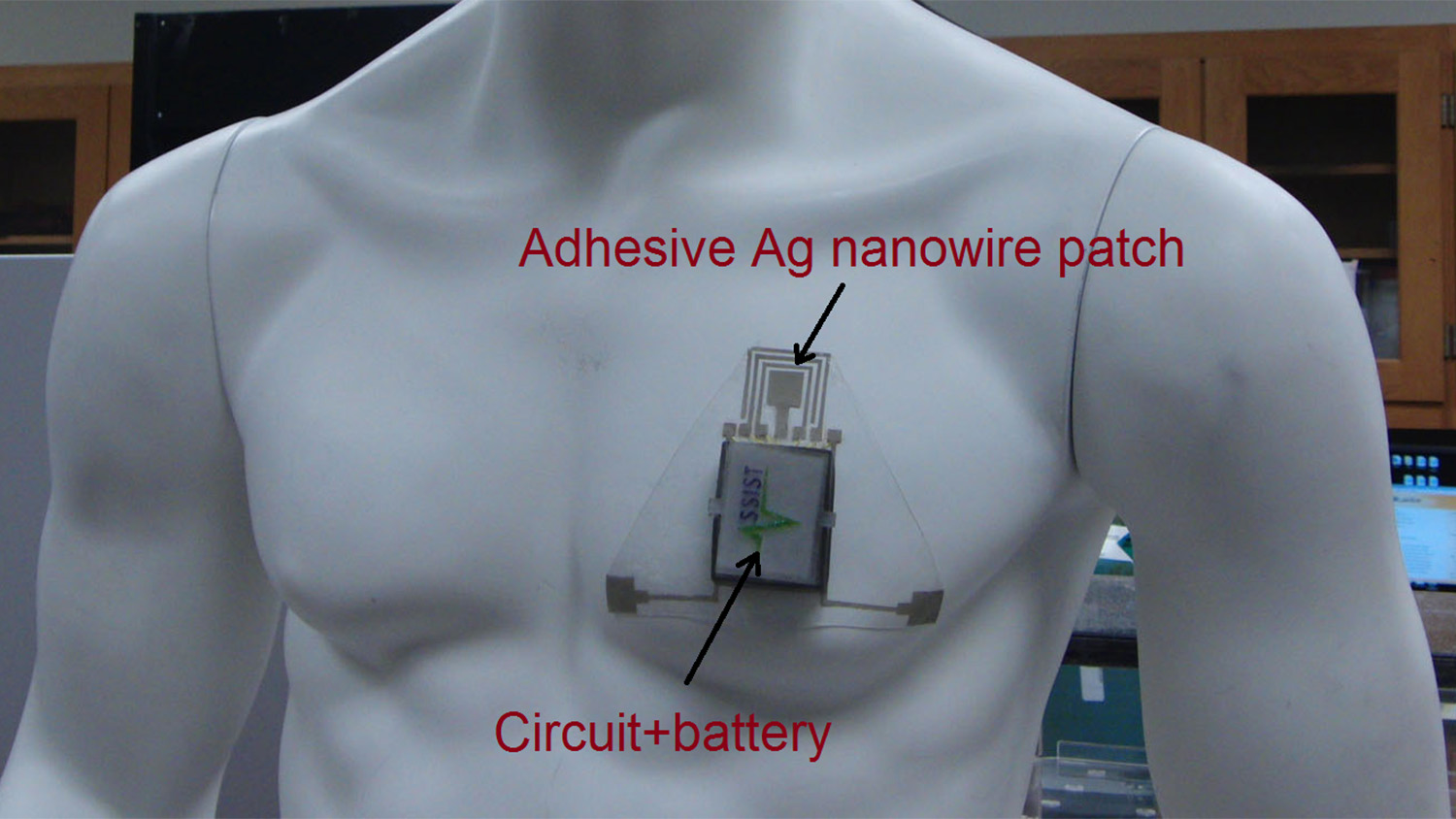engineering
Beyond Graphene: Advances Make Reduced Graphene Oxide Electronics Feasible
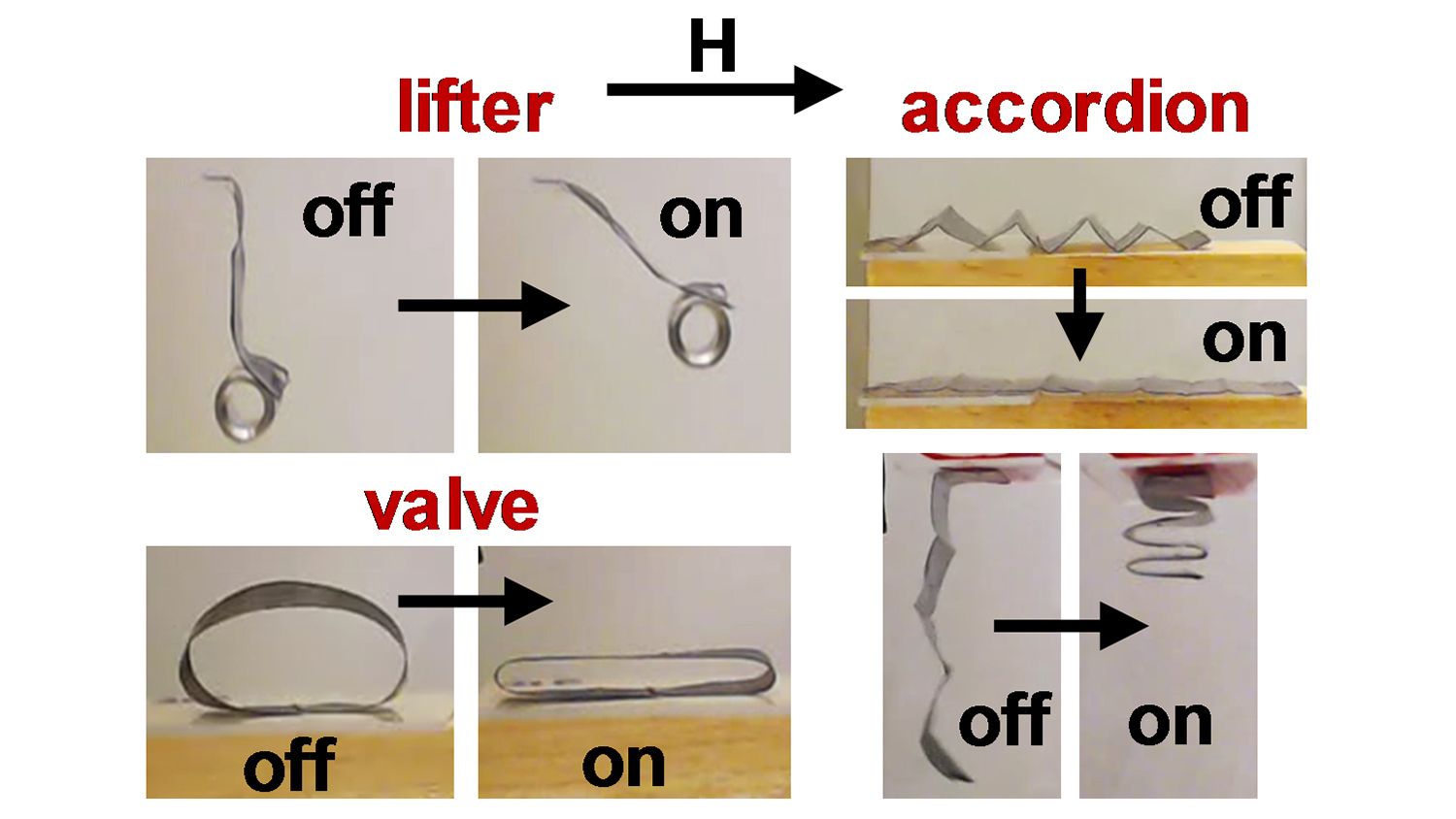
Researchers Control Soft Robots Using Magnetic Fields
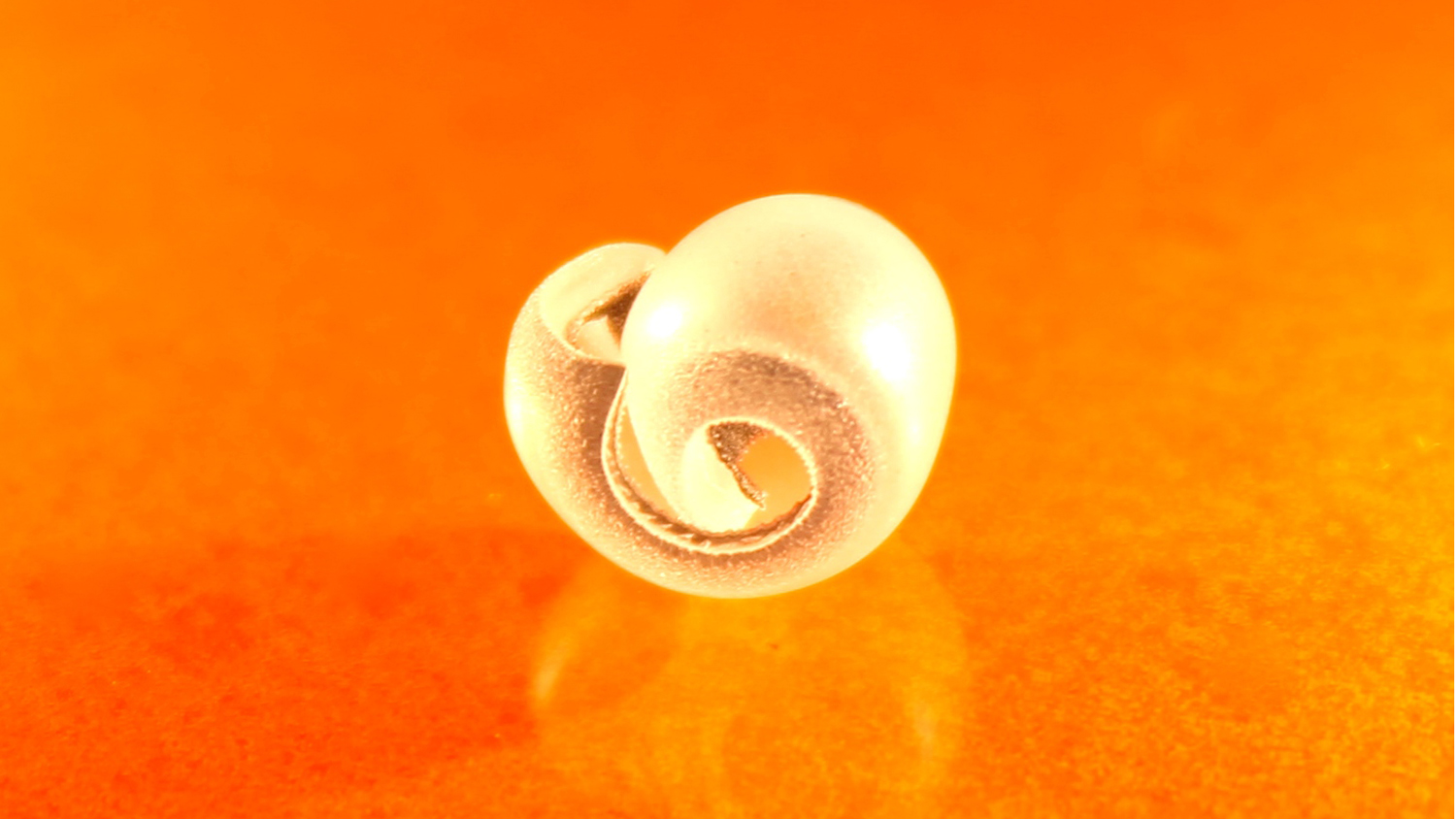
Researchers Use Light to Remotely Control Curvature of Plastics
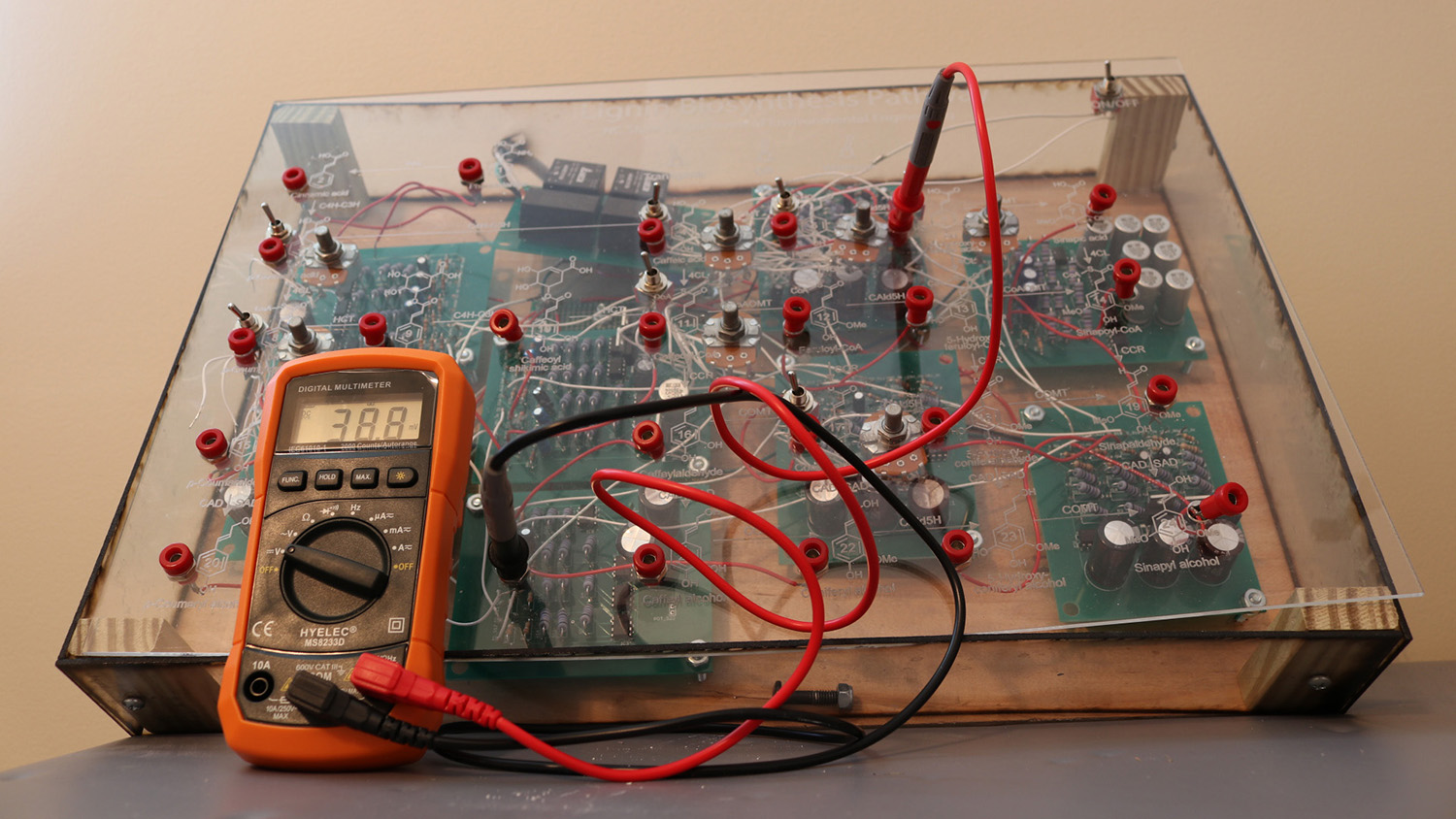
Hands-On Model Helps Students Understand Genetic Engineering
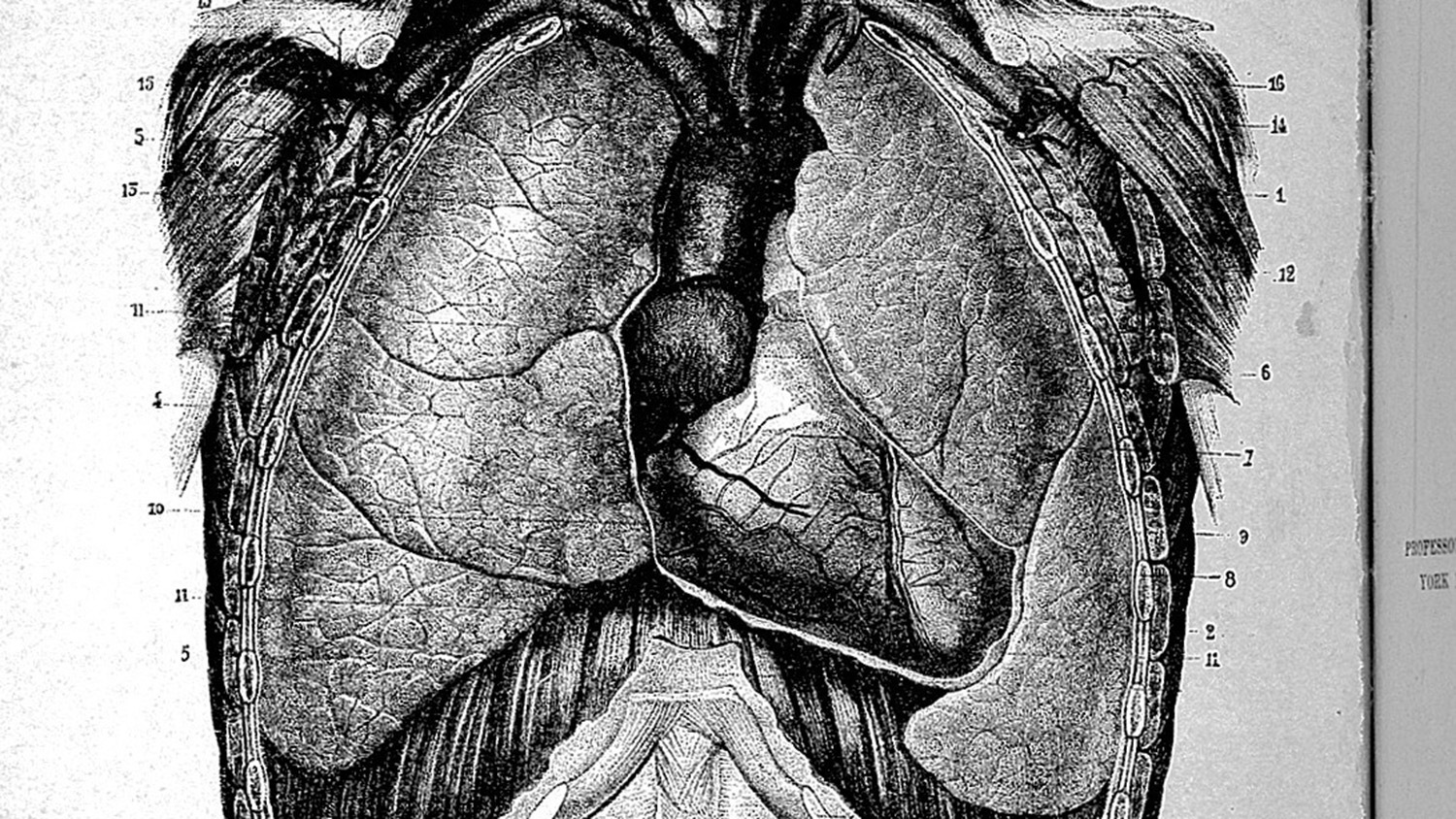
New Approach Uses Ultrasound to Measure Fluid in the Lungs
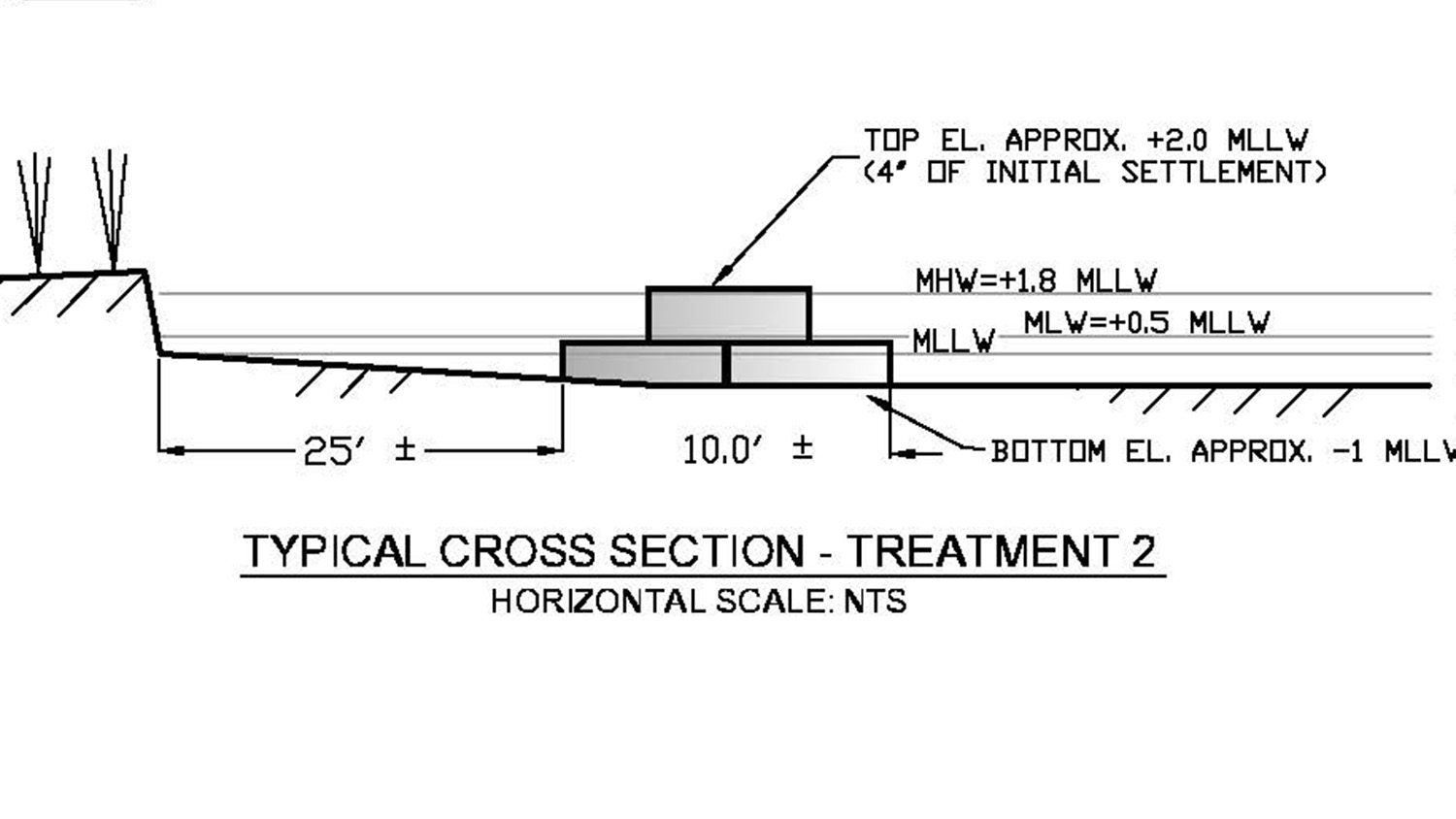
How Living Structures Can Better Protect Our Coastline
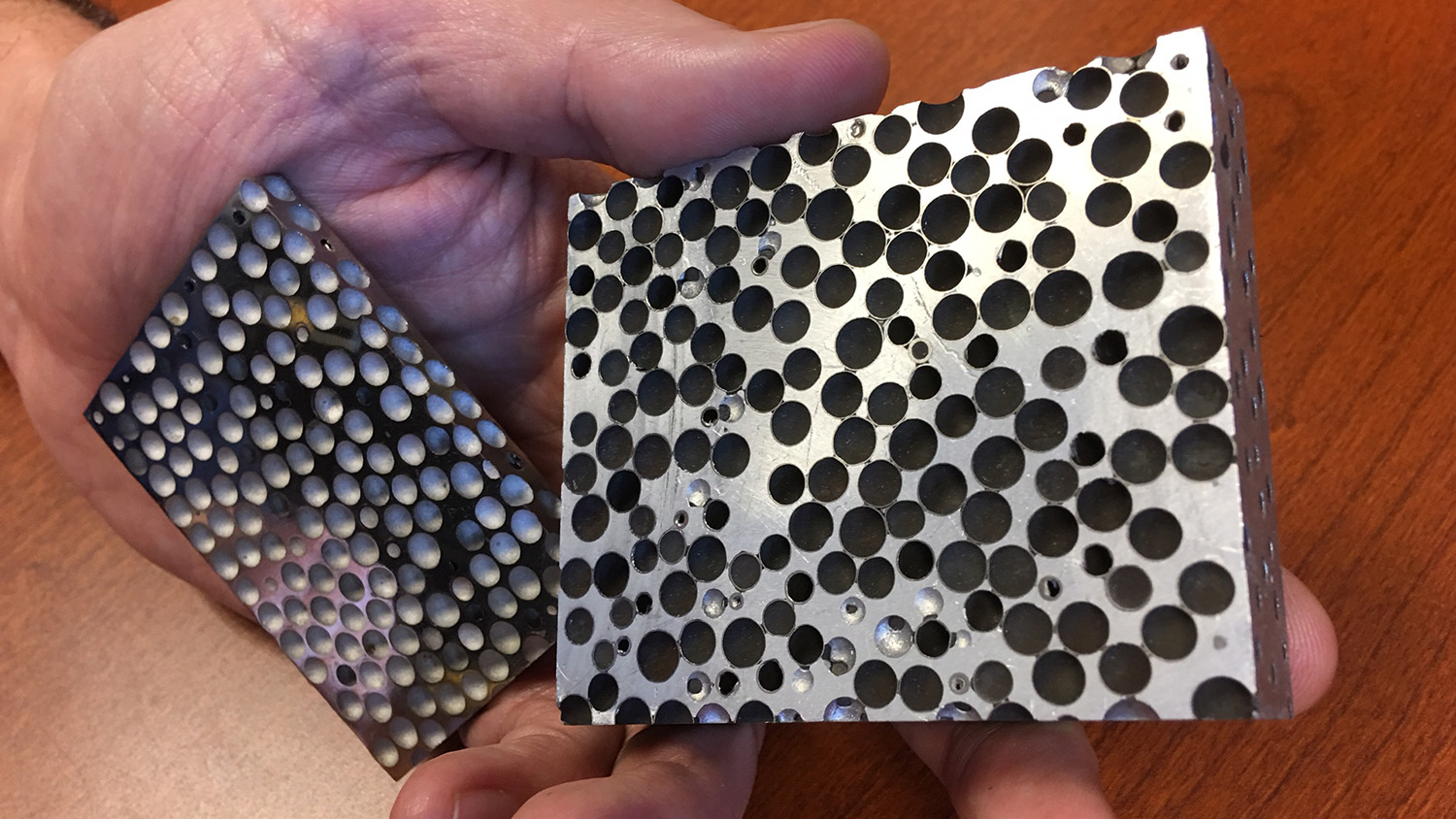
Researchers Offer Overview of Composite Metal Foams and Potential Applications
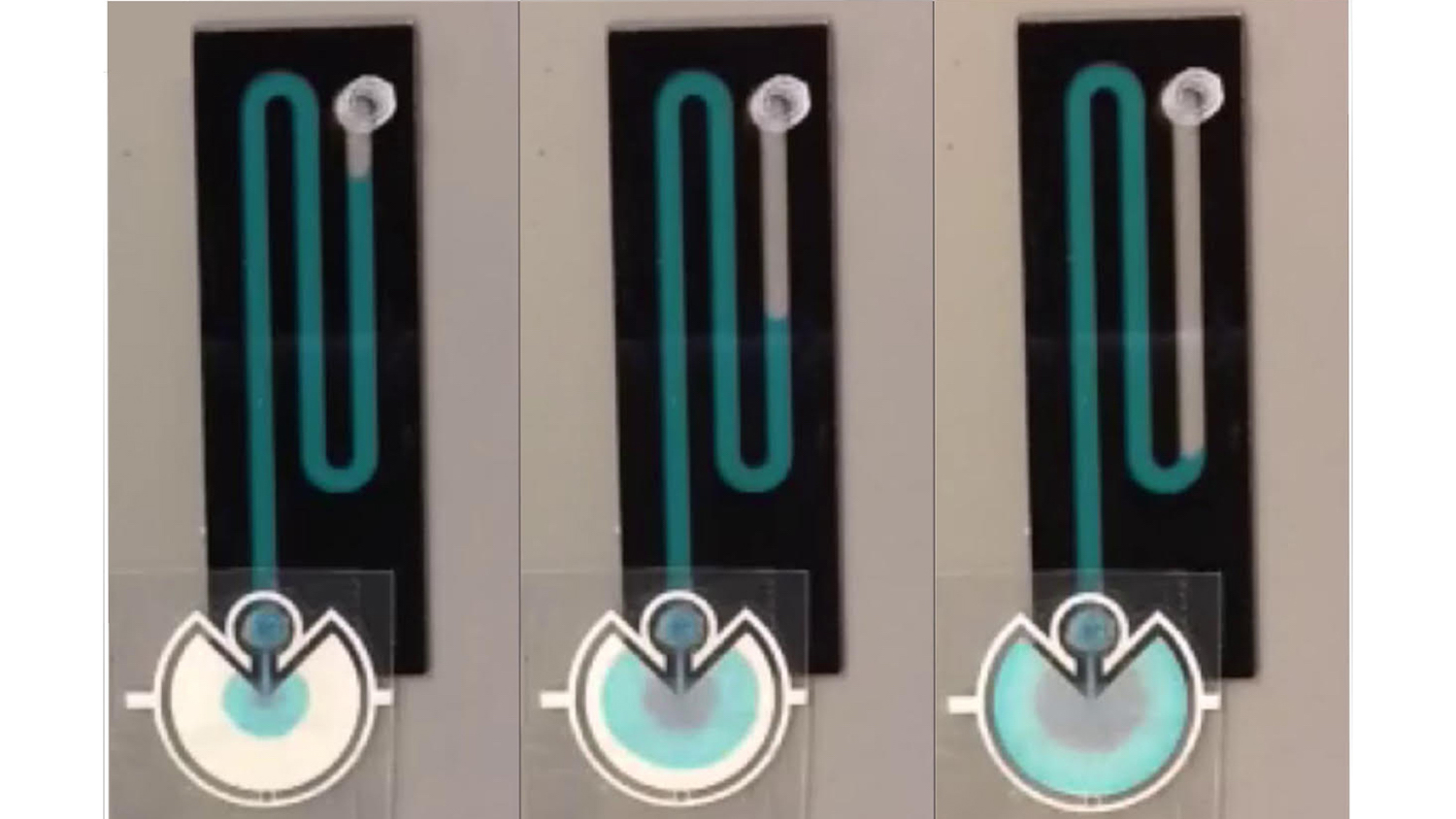
Paper Pumps Power Portable Microfluidics, Biomedical Devices

Researchers Remotely Control Sequence in Which 2-D Sheets Fold Into 3-D Structures

Tracking the Movement of Cyborg Cockroaches
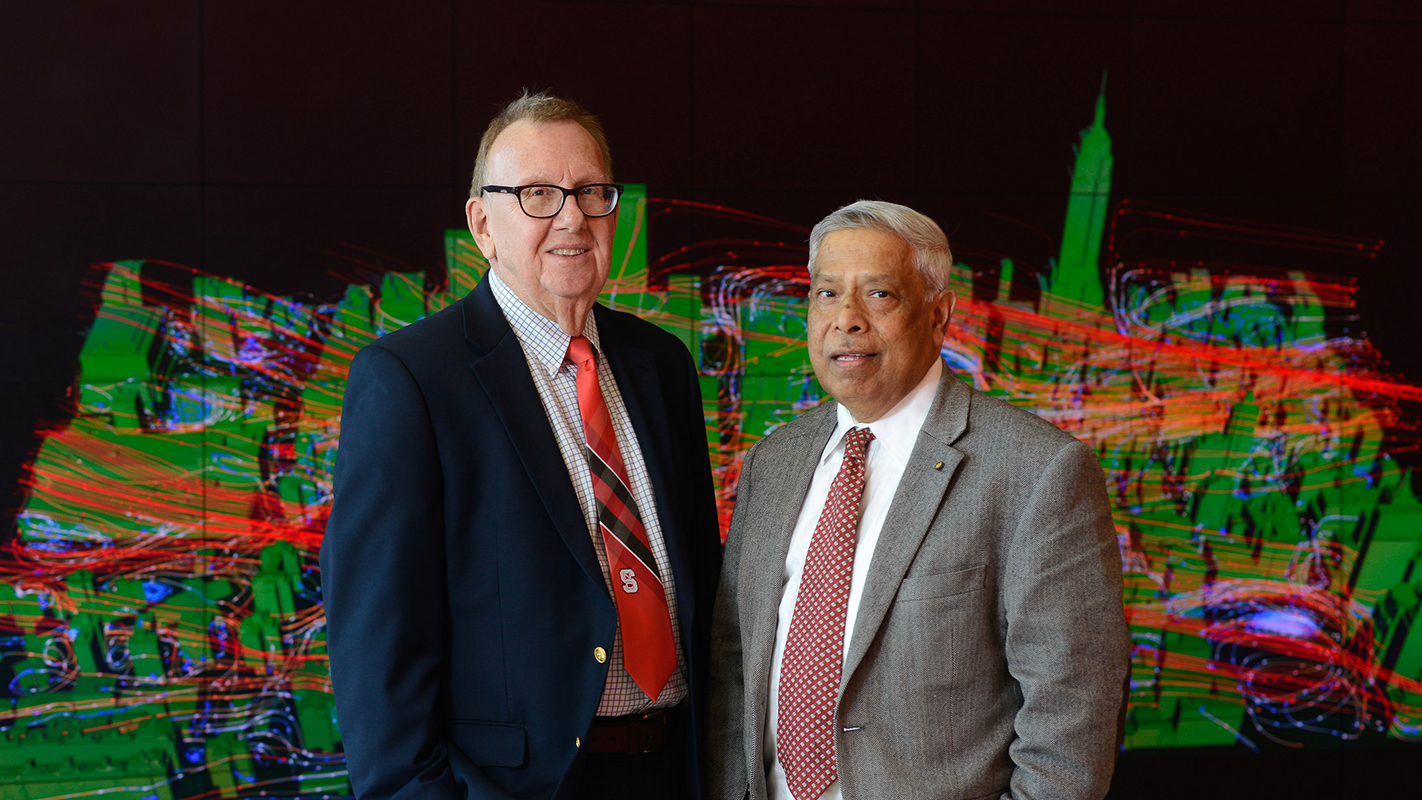
Engineering Honors

New System Makes It Harder to Track Bitcoin Transactions

Dynamics of the Unconscious Brain Under General Anesthesia
Paper Spotlights Key Flaw in Widely Used Radioisotope Dating Technique
